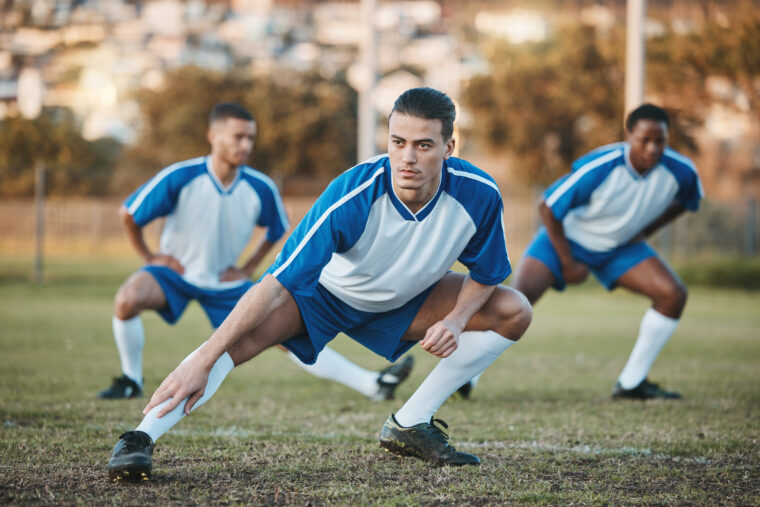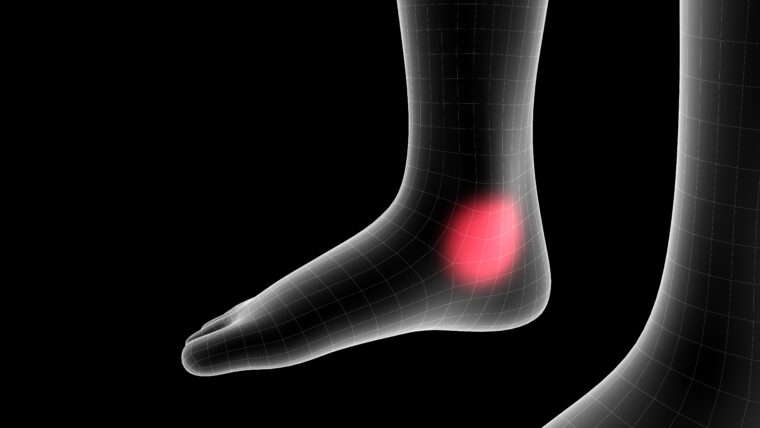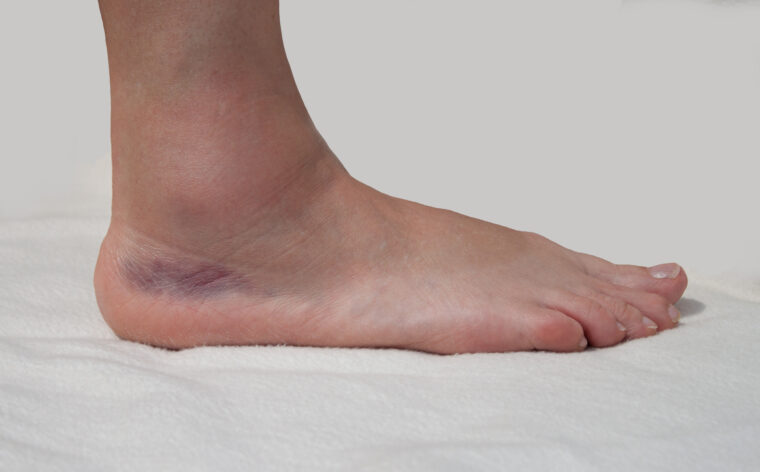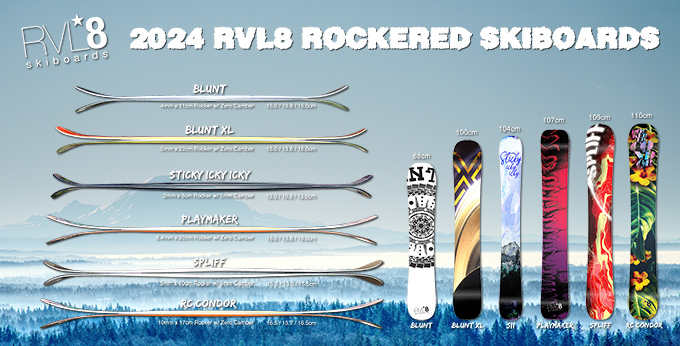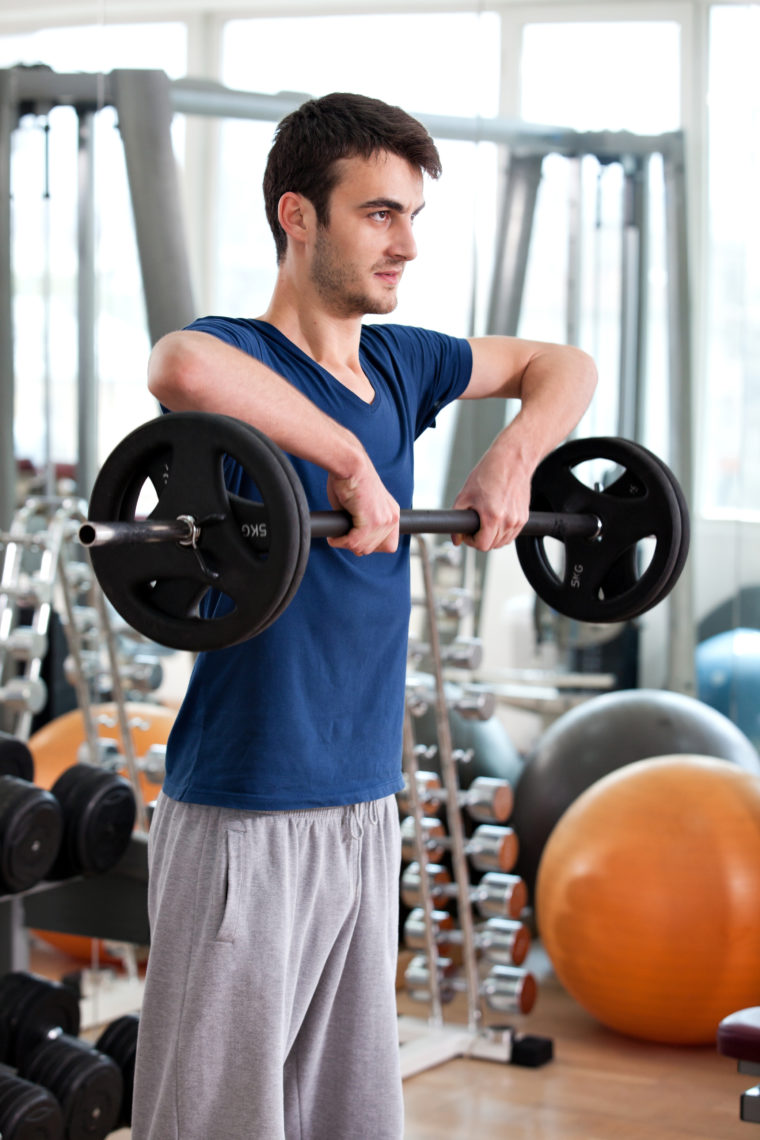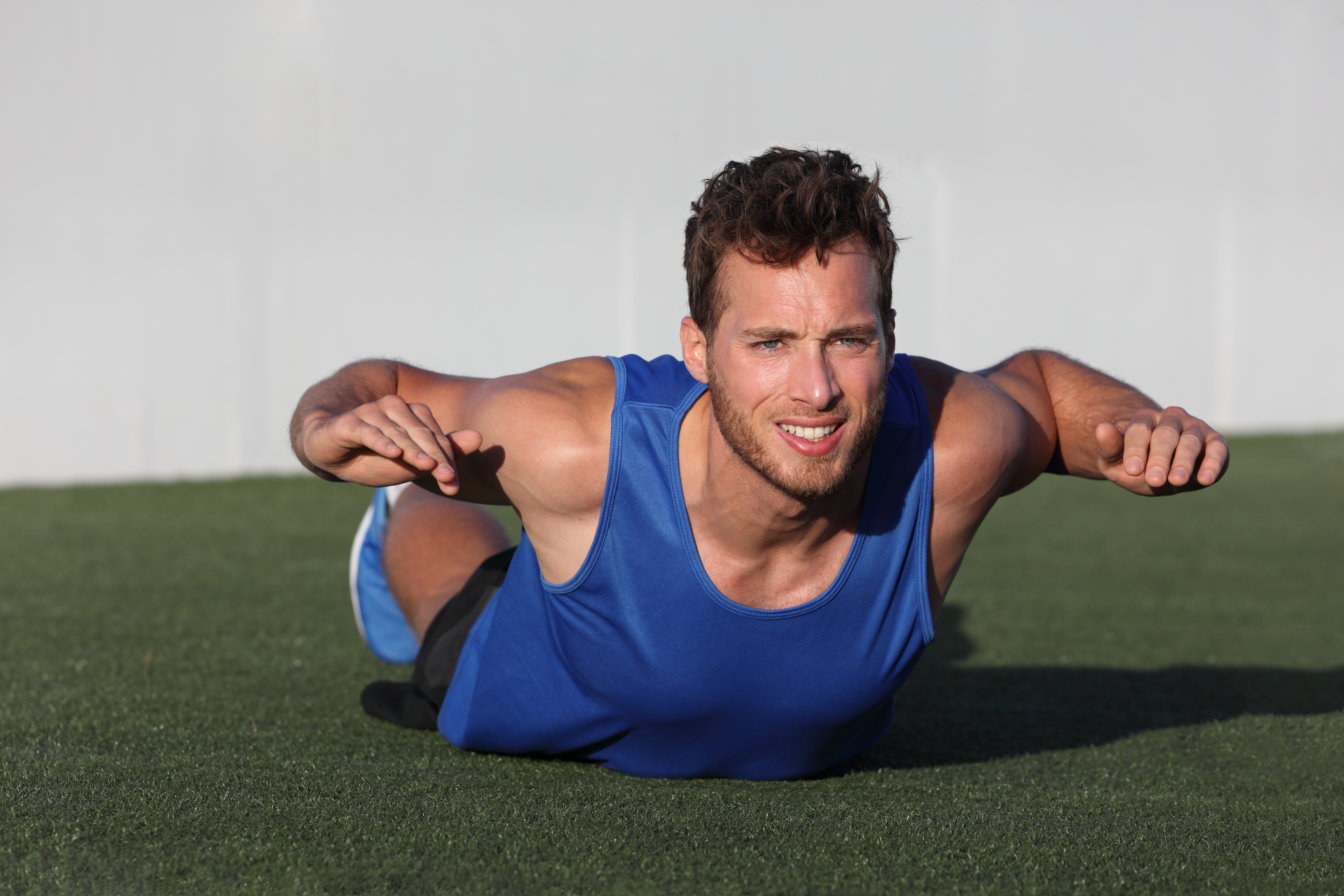**This blog is updated and re-posted with permission from www.yourchiropractor.net We’re posting it on DBAM because it covers a favorite sport of many, skiing…and it’s about a way to keep those participating safer while sacrificing none of the fun!
I’ve been an avid skier my whole life. I may not be a double black diamond skier or even all the time a solid black diamond one, but I’d comfortably call myself an advanced intermediate skier. To me, nothing is more peaceful than being on top of a mountain, with the snow falling down, and only hearing the sound of the carving of the skis.
From childhood, my dad and I would take father and son ski trips and they provided some of the best memories of my life. From Switzerland, to Mount Tremblant, to Vail, Park City, Tahoe, and more…I was exposed to skiing at an early age and I am very fortunate for this.
Being a sports chiropractor, my life revolves around treating injuries, rehabilitating such injuries, and helping to prevent future injuries. Skiing is a sport, that although insanely fun, comes with its set of injury risks. I’ve treated many various skiing (and fairly stated, snowboarding) injuries in my day. This begs the question: how do we mitigate the risks of skiing while still having loads of fun?
Several years ago, a patient started talking with me about skiing. He mentioned that he no longer used skis but was using something called ‘Skiboards.’ He talked about how much fun they were and how much safer he felt using them vs. skis. This conversation piqued my curiosity. After all, I loved skiing and I also wanted to minimize risk as much as possible. Continue Reading →

